http://www.youtube.com/watch?v=GLgplXmxoZU
This video is very short, so I thought it was nice for everyone to watch & learn without wasting precious time. It shows very good picture with detail of Spanish Renaissance architecture and Moorish influence in their design.
Enjoy!
Wednesday, March 26, 2014
Reflection #13 Spanish Renaissance
Sammy’s blog;
She talked about how Spanish Renaissance had two different design phases such as “Plateresco” and “Desornamentado”. She wrote very good summary of each phases with great photos as examples. Great job!
She talked about how Spanish Renaissance had two different design phases such as “Plateresco” and “Desornamentado”. She wrote very good summary of each phases with great photos as examples. Great job!
Katie’s blog;
She did great job on summarizing all the historical
background of this time period and the architecture and their key features. I also enjoyed reading furniture description
that she mainly focused on. I was more
focused in writing about architecture on blog so it was nice that I got to
learn furniture from her blog. Great job!
Spanish Renaissance
Spanish Renaissance
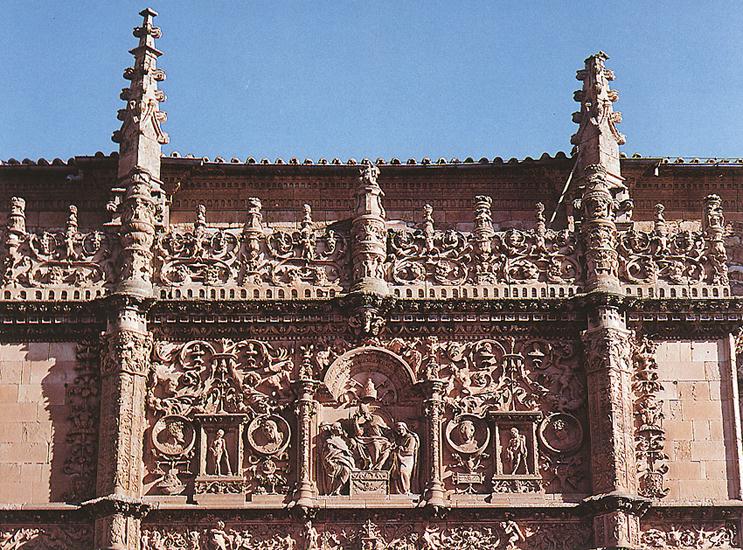
Historical background;
Italian Renaissance was very influential to other countries
during this time period. Spain was one of the countries that were reacted
to the new movement. The new movement encouraged
people to focus in art, literature, and science. Interestingly, there was influence from Moor
in Spain which makes huge difference in design compare to Italian renaissance. Moors who converted to Christianity is called
Mudejar. It is interesting to see their
architectural design before and after the expulsion of Moors in 1607. Besides Moorish and Italian Renaissance influences,
their design elements were also contained Early Christian and medieval design
styles.
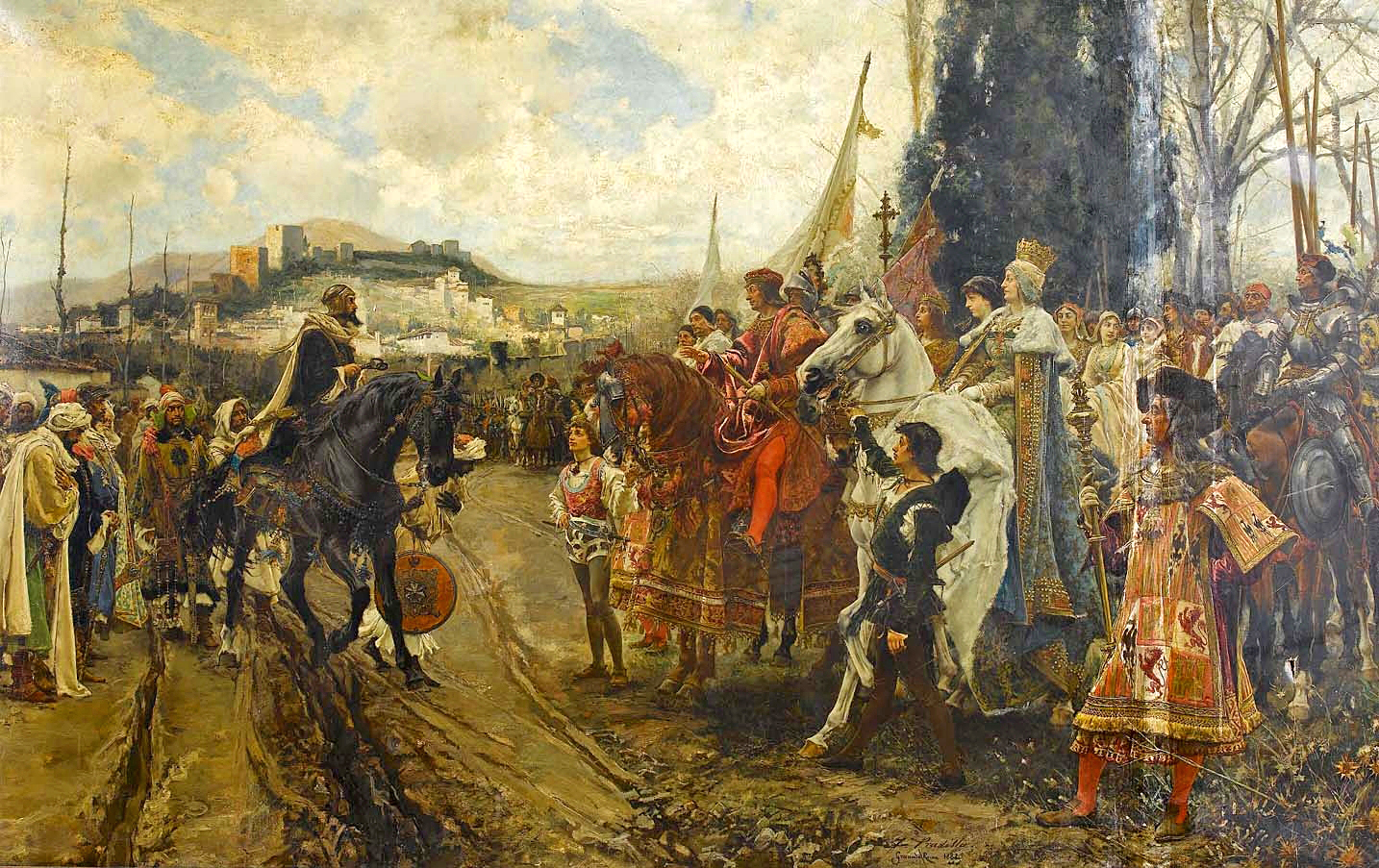
At the time, Spain was very strong nation with wealth. They conquered Central America and some other countries around that time. They had many silvers and gold were brought over to their country. They had many valuable materials that they could apply into their designs. Also unlimited amount of esthetic materials were locally available such as granite.
Architecture;
Alhambra; the palace was the very last palace that
was completed before the expulsion of the moors. Exterior of the palace is very plain,
simplicity focused compared to Italian Renaissance. The climate and geography allowed them to
have beautiful water wells and pools.
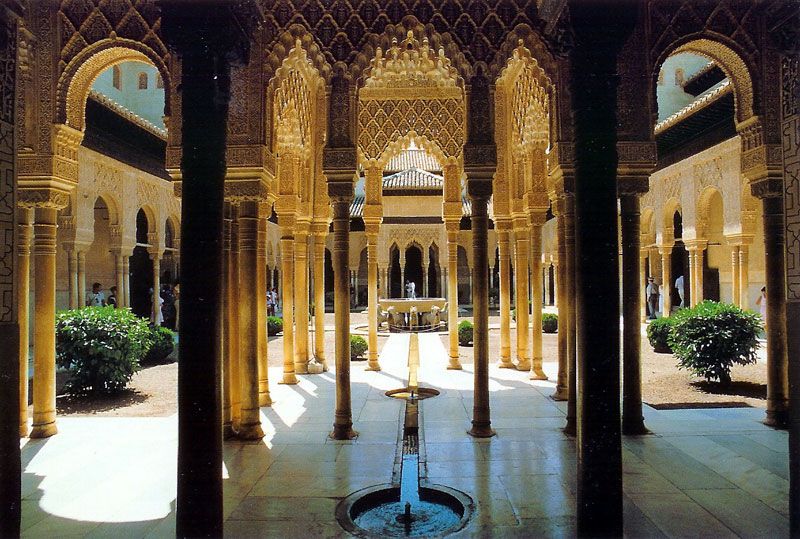
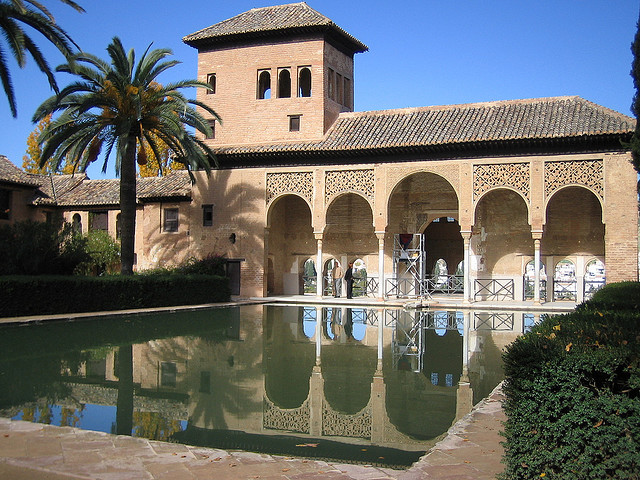

La Mota Castle; Spain is well-known for having the greatest number of castles compared to any other European countries. I found this building very special because of the shape of the castle. All the Renaissance period have been introducing more rectilinear shaped buildings but this castle has cylinder shaped towers.
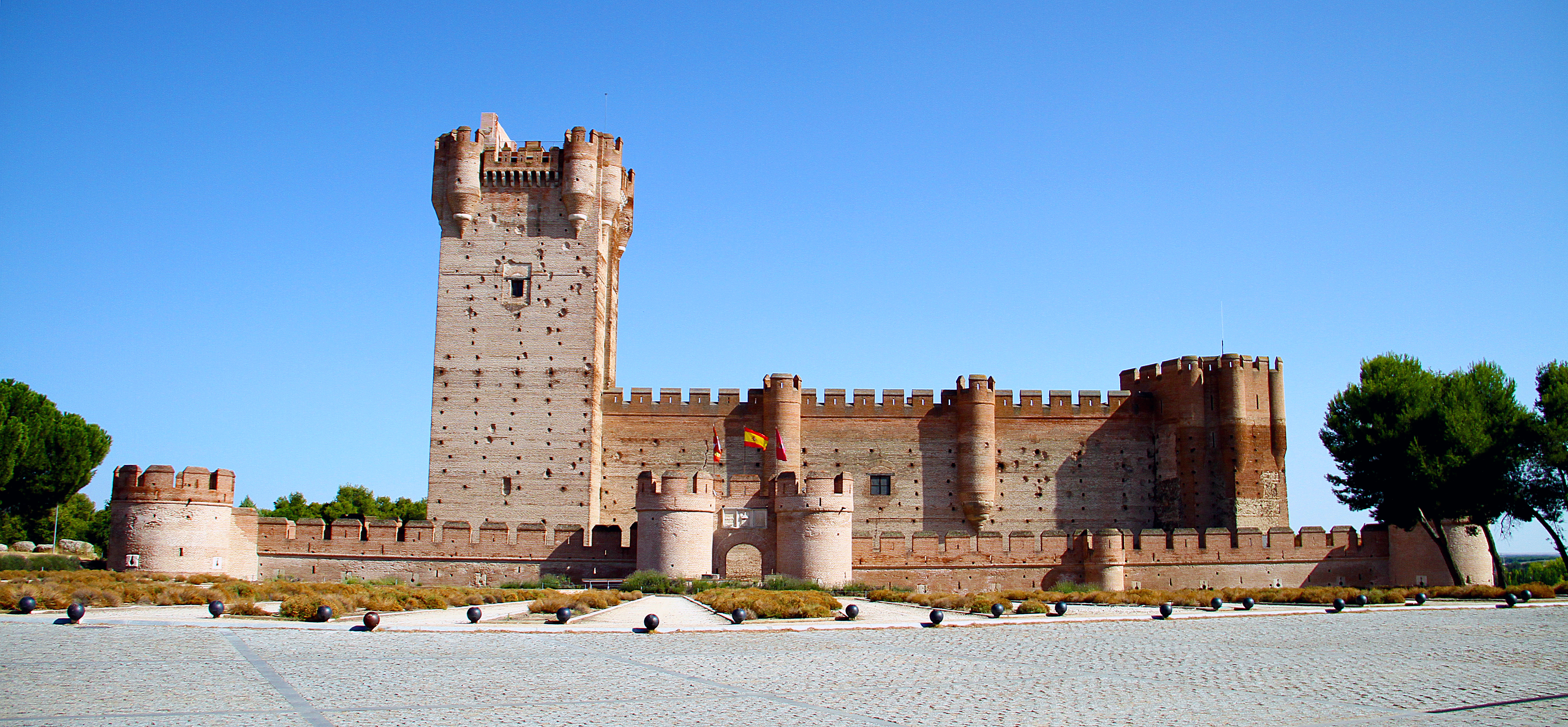

Furniture;
Wooden bench; I think the Spanish Renaissance is the first
time period that started producing bench.
It can tell us that people were more socially active and society was
more stable at the time.

Papelera; We do not find anything new when we think about paper documents today, but printing was introduced during Italian Renaissance, so the
cabinet to store the paper documents were very creative invention during this time period. Beautiful wooden carving works were one of
the Spanish's greatest achievement at the time.

Current Application;
The motif that were popular during Spanish Renaissance were still available today in many fabric company.

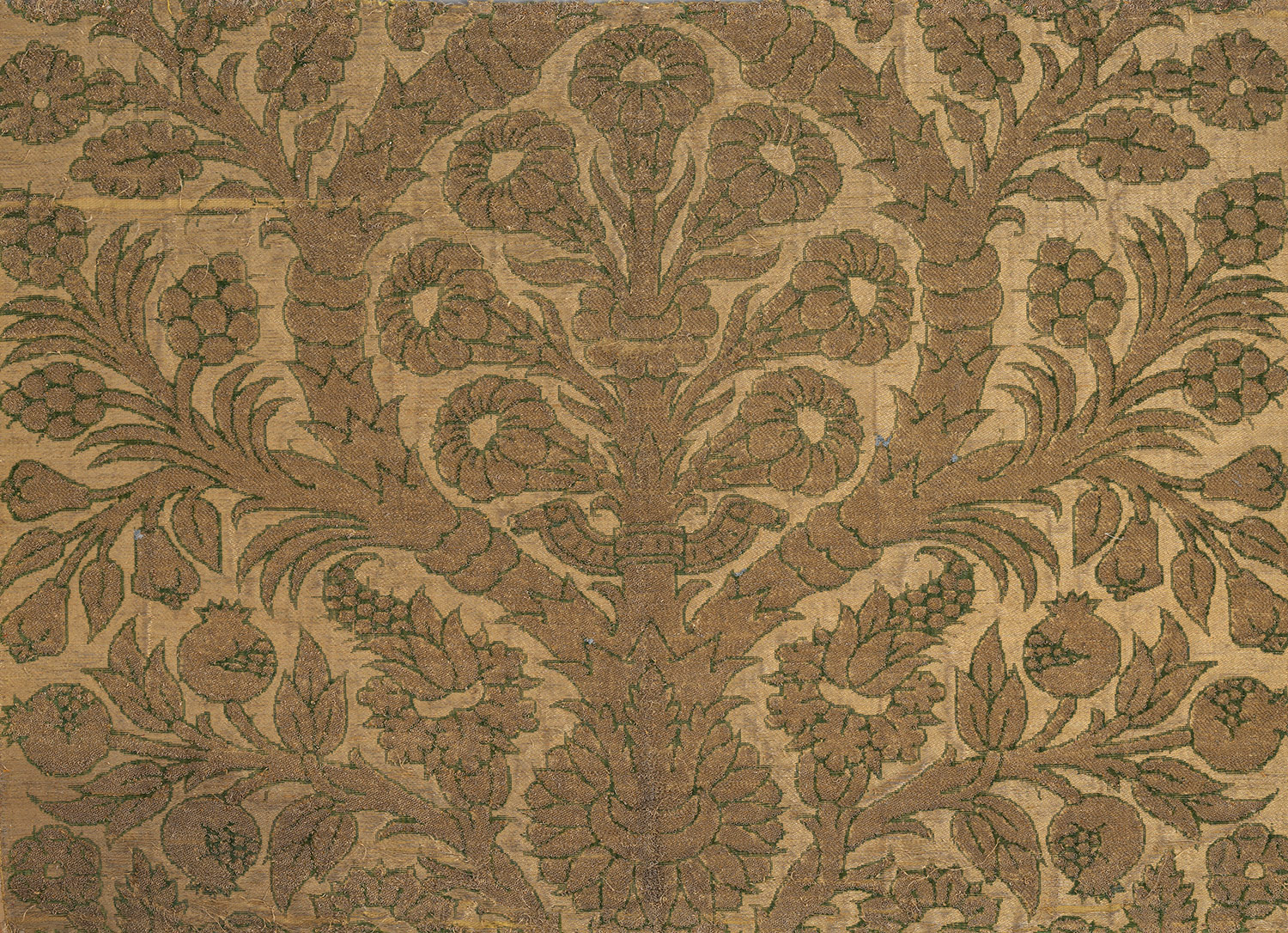

Wednesday, March 12, 2014
Italian Renaissance helpful video from East Tennessee State University
https://www.youtube.com/watch?v=_i6Gtut5DXc
It is very long video, but I found this very helpful for learning terms for the architecture, design, and this person also gives good inforamtion about the society during the renaissance.
ENJOY!!
It is very long video, but I found this very helpful for learning terms for the architecture, design, and this person also gives good inforamtion about the society during the renaissance.
ENJOY!!
Reflection #12 Italian Renaissance
Flor’s blog;
She listed all the elements of design that were used in vertical and
horizontal surfaces such as wall, floor, and ceiling and how they were designed
in this time period. She did great job on listing all the key features in
design as well as the demographic information during this time period.
Great job!
John’s blog;
He focused on the life during Italian Renaissance. I enjoyed reading his blog, especially the part of the invention during this
time period and also the science or philosophy that were started to value
during this time. I tends to focus on
architecture or furniture designs in learning of history of design, but I
realized how important to also focus on their life in the past. Great job!
Italian Renaissance
Italian Renaissance (1400 – 1600)

Renaissance the period of time, when art, literature,
philosophy, and scientific ideas became very important and new art was
produced. It began in Florence, Italy.
Many people are likely to think Renaissance as an evolution of design,
but actually it is a revolution. In
Italian Renaissance time period, mainly Greek and Roman styles were studied by
many designers as precedent study. It was the fusion of revival and the new
styles. Sufficient amount of marble were
available at the time and it allowed designers to develop their gorgeous
designs.


During this time period, tremendous amount of design with
finest quality were introduced in Italy.
All the designers such as architect, painter, furniture designer,
sculptor, and many other artists were hired in long-term than previous time
periods. I think it gave them a
sufficient time to really focus on what they do for living. They studied past designs from excavations
and applied into their new designs.


Palazzo


Façade of the palazzo shows repetition, alternation, and
progression of the design. The
structures and designs are very similar to what we have seen in Greek or Roman
classical orders.


Palazzo Davanzati


Interiors were decorated with Frescos, Tapestries, with
decorative fireplace. Compared to earlier designs, Renaissance designs are very
colorful, rich in materials and quantity of decoration. I realized the interior
space of Palazzo was very open concept which is the trends in our society
today. I like how the designers
incorporated many windows to allow the daylight to come into interior spaces. I always enjoy learning history of interior
design in a perspective of sustainability.
There are many ideas in the past when they did not even have electricity
in their life. For this particular
example, placement of windows and the quantity allows sufficient daylight to
light the interior space.


Furniture
Cassone; It was used as Trousseau of a bride. If you look at the details and the works that has been done to this piece, it tells us that they meant marriage as the important activity in life. It has large painting on the front of the chest. It has inlaid panels. It also has the element of classical orders and moldings.
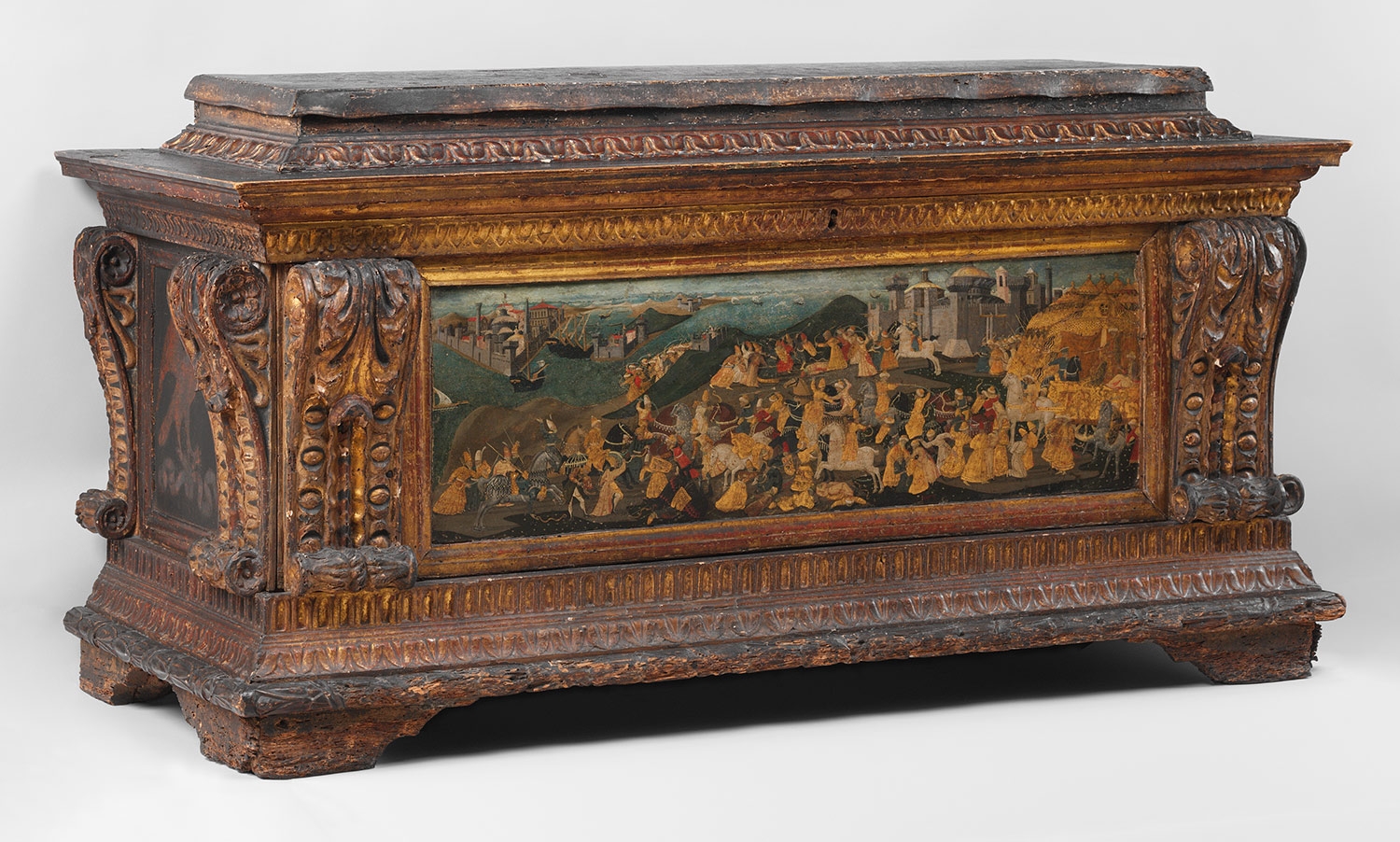
Saconarola chair; This chair is consist of many X shaped support. This type of chair was seen in Greek or Roman time period, but Italian Renaissance designers made it more lighter appearance by creating repetition of legs and somehow made it more delicate and sophisticated.

Cassone; It was used as Trousseau of a bride. If you look at the details and the works that has been done to this piece, it tells us that they meant marriage as the important activity in life. It has large painting on the front of the chest. It has inlaid panels. It also has the element of classical orders and moldings.

Saconarola chair; This chair is consist of many X shaped support. This type of chair was seen in Greek or Roman time period, but Italian Renaissance designers made it more lighter appearance by creating repetition of legs and somehow made it more delicate and sophisticated.

Current application
Style of Italian Renaissance are still admired and satisfying us today. These are example of current application that I thought they were outstanding.


Style of Italian Renaissance are still admired and satisfying us today. These are example of current application that I thought they were outstanding.


Tuesday, March 4, 2014
Pyramid Castillo, Chichen Itza, Yukatan, Mexico
http://www.youtube.com/watch?v=O7l3UjOfzzo
I found this video very helpful for you to see how beautiful the design of the pyramid Castillo is. This pyramid was designed by master of astronomy and designer hid some cool art that it can be only seen on the certain day of the year. You should find out what it is !
I found this video very helpful for you to see how beautiful the design of the pyramid Castillo is. This pyramid was designed by master of astronomy and designer hid some cool art that it can be only seen on the certain day of the year. You should find out what it is !
Reflection #11 Americas
Katie’s blog;
She wrote about Olmec which I also did on my blog but she did quite differently than I did. I got to learn some information that were not
familiar with such as Olmec artifact, and great example of current application
from her blog. It is always great to see others posting information or pictures
that were not presented in lecture notes or our book. Great Job!
Margaret's blog;
She did excellent job on summarizing the information from Olmec and Maya.
I really liked she posted Mesoamerica's geographic and how it related to their culture and religion. It is always important
for us to have the background information to understand their arts and design, how they came up with the ideas. Great job!
Subscribe to:
Posts (Atom)